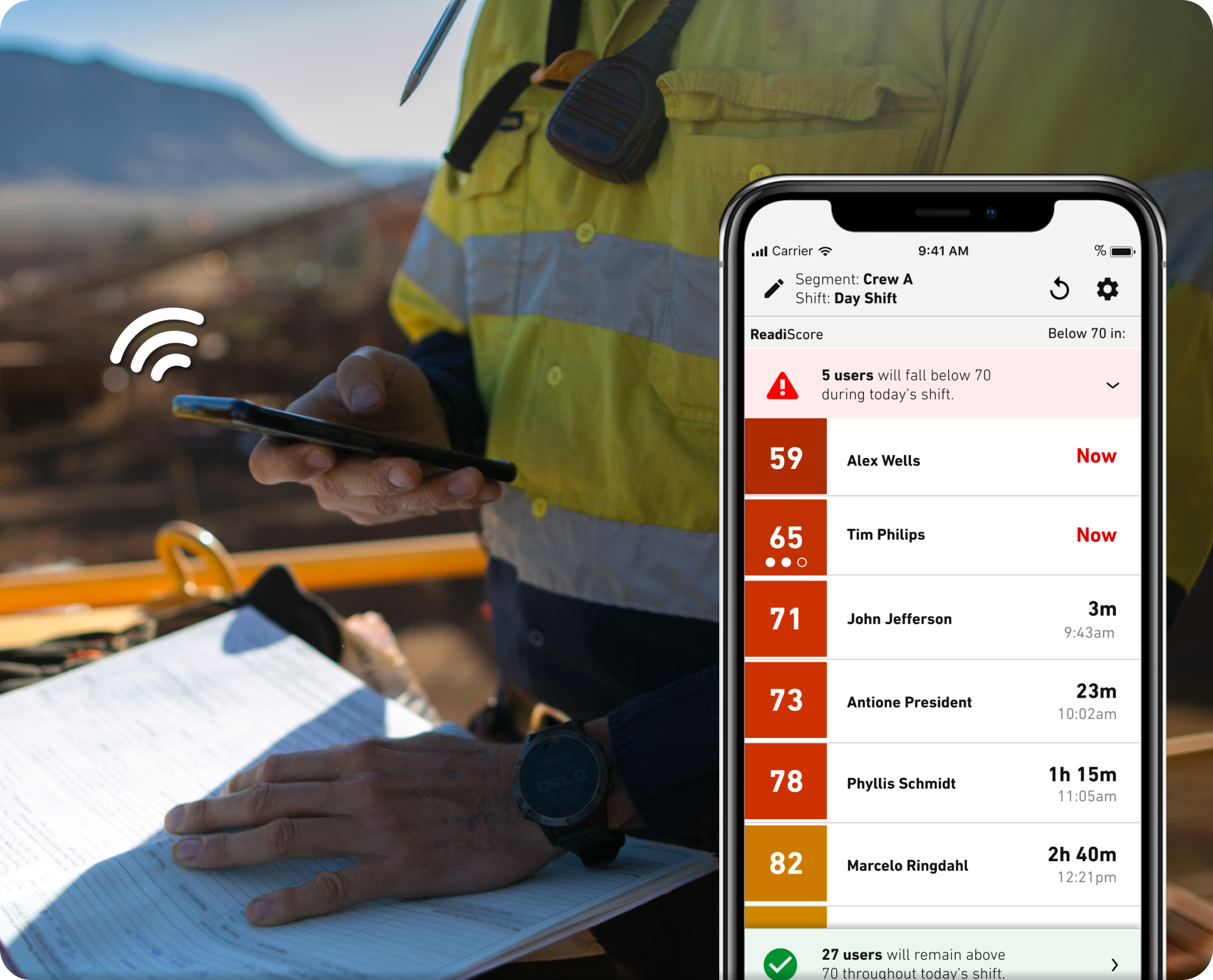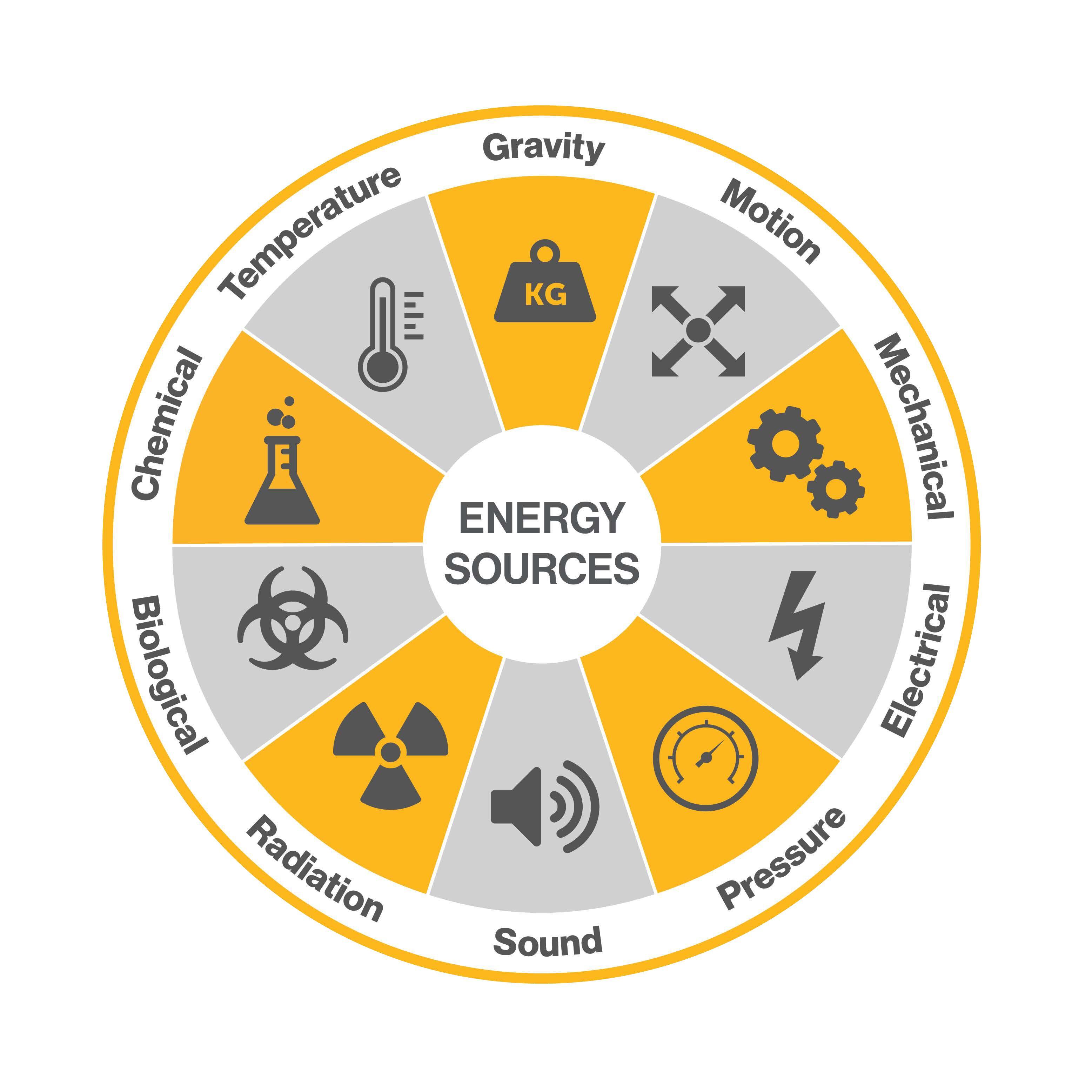Rest breaks are a critical component of workplace health and safety, especially in industries with demanding shift work. By providing employees with opportunities to recharge and recover, organizations can mitigate the risks associated with fatigue and burnout.
For HR leaders in healthcare, manufacturing, and other heavy industries, understanding the role of rest breaks in reducing shift fatigue is essential. Implementing effective break policies not only supports employee well-being but also contributes to improved performance, reduced accidents, and enhanced overall workplace safety.
In this article, we'll explore the impact of shift fatigue on worker safety and the science behind how rest breaks help manage fatigue. We'll also discuss strategies for implementing effective break policies and overcoming common barriers in heavy industry settings.
Overview
- Rest breaks are essential for reducing shift fatigue and associated safety risks in heavy industry.
- Well-designed break policies support both physical and mental recovery, improving worker alertness and performance.
- Tailoring breaks to operational demands and employee input enhances effectiveness and compliance.
- Supportive environments—such as comfortable, quiet, and well-equipped break areas—amplify recovery benefits.
- Leveraging fatigue management technology helps optimize break timing and monitor fatigue risk in real time.
- Active involvement of both employees and managers is critical in designing and maintaining effective break programs.
- Regular evaluation and refinement of break policies, using employee feedback and key safety metrics, ensure ongoing improvement.
- Prioritizing structured, effective rest breaks fosters healthier, safer, and more productive workplaces.
Defining Shift Fatigue and Its Impact on Worker Safety
Shift fatigue occurs when the body's natural circadian rhythms are disrupted by working irregular hours, leading to a host of physical and cognitive impairments. The consequences of fatigue can be particularly severe in heavy industries like healthcare, manufacturing, and construction, where decreased alertness and impaired decision-making can have life-threatening consequences.
According to the National Institute for Occupational Safety and Health (NIOSH), fatigue-related accidents and injuries are estimated to cost employers $136 billion annually in lost productivity and healthcare expenses. In the healthcare sector, where nurses and other staff often work long, demanding shifts, fatigue has been linked to increased medication errors, patient falls, and even higher mortality rates.
The impact of shift fatigue extends beyond immediate safety risks. Chronic fatigue can lead to long-term health problems such as cardiovascular disease, gastrointestinal disorders, and mental health issues like depression and anxiety. For HR leaders tasked with supporting employee well-being and managing healthcare costs, addressing shift fatigue is a critical priority.
The Science Behind Rest Breaks and Fatigue Management
Rest breaks serve a crucial role in maintaining both physical and mental health during demanding shifts. By providing employees with opportunities to pause from their tasks, these breaks help restore energy levels, preventing the onset of fatigue. Studies show that shorter, more frequent breaks are particularly effective in sustaining alertness and performance throughout the workday.
Enhancing the effectiveness of rest breaks involves integrating specific activities that boost their restorative power. Brief physical exercises can invigorate employees, enhancing mood and reducing stress. Social interactions during breaks foster camaraderie and provide emotional support, which can mitigate stress. Furthermore, exposure to natural light can enhance alertness by helping regulate the body's internal clock. Together, these elements create a comprehensive break experience that addresses multiple aspects of fatigue management.
Psychological Detachment During Breaks
Psychological detachment is essential for maximizing the benefits of rest breaks. This process involves consciously disconnecting from work-related thoughts, which allows the mind to recover from the cognitive demands of the job. Effective psychological detachment supports deeper mental rejuvenation and is crucial for sustained productivity.
Engaging in activities that promote relaxation or positive emotions can greatly aid this detachment process. Simple actions such as reading, listening to music, or practicing mindfulness can shift focus away from work, promoting a more profound level of mental recovery. Designing break environments that encourage these activities helps employees return to their tasks with renewed vigor and creativity, ultimately enhancing workplace performance.
Implementing Effective Rest Break Policies in Heavy Industry
Creating effective rest break policies in heavy industry requires a strategic approach tailored to both operational demands and employee well-being. Engaging employees in the process helps tailor break schedules to align with workload demands and individual preferences, ensuring they are both practical and effective. This collaborative approach enhances compliance and boosts employee satisfaction and engagement.
The environment where breaks occur significantly impacts their effectiveness. Break areas should be designed to promote relaxation and recovery, offering amenities like ergonomic seating, access to natural light, and quiet zones. These elements contribute to a restorative break experience, enabling workers to return to their tasks refreshed and ready to perform at their best. Prioritizing a workplace culture that values regular breaks highlights an organization's commitment to employee health, which can lead to improved morale and reduced turnover.
Leveraging Technology to Support Rest Break Compliance
Technology plays a crucial role in ensuring the success of rest break policies by facilitating compliance and optimizing break timing. Tools for fatigue risk management provide insights into when employees are most vulnerable to fatigue, allowing for timely interventions that enhance safety and productivity. By identifying optimal times for breaks, these solutions ensure that rest periods are enacted precisely when needed to prevent fatigue-related incidents.
Resources that offer guidance on managing fatigue risks effectively can further support this effort. By integrating technological solutions, organizations can enhance their fatigue management strategies, aligning break policies with organizational goals and contributing to a sustainable, safe work environment. This approach empowers HR leaders to make informed decisions, fostering a proactive culture of health and safety.
Overcoming Barriers to Rest Breaks in Heavy Industry Settings
Implementing rest break policies in heavy industry settings demands addressing specific challenges that can impede their success. A significant barrier is the pressure from demanding schedules and high workloads, which can often deter employees from taking necessary breaks. To mitigate this, organizations should focus on workload optimization and resource allocation, ensuring that employees have the capacity to adhere to scheduled rest periods without compromising operational efficiency.
Empowering managers with the right training is essential for promoting the importance of regular breaks and ensuring adherence to policies. Managers must be equipped with strategies to identify fatigue symptoms and understand the broader benefits of breaks on safety and productivity. By integrating break policies into management training programs, organizations can cultivate a work environment where taking breaks is seen as integral to maintaining performance and well-being.
Evaluating and enhancing break environments regularly is crucial for fostering effective rest periods. Organizations should ensure these areas are well-equipped and inviting, featuring elements that support relaxation and recovery. Comfortable and accessible spaces with amenities such as hydration options and calming atmospheres contribute to the quality of rest breaks, facilitating employees' return to work feeling refreshed and focused.
Evaluating the Effectiveness of Rest Break Interventions
Evaluating the effectiveness of rest break interventions is essential for determining their impact on reducing shift fatigue and improving workplace outcomes. This evaluation requires a comprehensive analysis of several performance metrics to understand how breaks contribute to a safer and more efficient work environment. Key indicators such as incident rates, absenteeism, and employee satisfaction provide a clear picture of the breaks' effectiveness in managing fatigue and enhancing productivity.
By monitoring these metrics over time, organizations can gain insights into the sustained benefits of rest break interventions. A decline in workplace incidents and absenteeism reflects a more alert and healthier workforce, while increased employee satisfaction suggests a boost in morale and engagement. These insights enable HR leaders and managers to make informed decisions on optimizing break policies to better align with organizational objectives and improve overall performance.
Feedback and Continuous Improvement
Collecting feedback from employees is a crucial part of assessing the quality and impact of rest break interventions. Employees provide firsthand insights into how break policies affect their daily work experience, making their feedback invaluable for identifying strengths and areas for improvement. Regular feedback mechanisms, such as surveys and focus groups, can uncover how well break durations, environments, and impact on fatigue reduction meet employee needs.
Utilizing this feedback allows organizations to continuously refine break policies, ensuring they remain effective and relevant to both employee well-being and operational demands. By adapting strategies based on employee input, companies demonstrate a commitment to fostering a supportive work environment that prioritizes health and productivity. This iterative process of evaluation and enhancement highlights a proactive approach to cultivating a workplace culture that values employee welfare.
Breaks as Part of a Comprehensive Fatigue Management Strategy
Incorporating rest breaks into a broader fatigue management strategy amplifies their effectiveness and underscores a holistic approach to employee wellness. Combining thoughtfully designed break policies with other initiatives, such as fatigue monitoring and sleep education, creates a robust framework for addressing multiple factors contributing to fatigue. This comprehensive strategy not only alleviates immediate fatigue but also fosters long-term health and productivity.
Fatigue monitoring solutions provide real-time data on employee fatigue levels, facilitating timely interventions that complement scheduled breaks. Educating employees on sleep hygiene equips them with strategies to enhance rest outside of work, further supporting their performance capabilities. Together, these components create an integrated approach to fatigue management, ensuring rest breaks are part of a cohesive plan that boosts organizational performance and supports employee well-being.
Related Posts
-
Shifting From Reactive Dash Cam Safety to a Proactive Safety StrategyDash cams are now common across trucking fleets, mine sites, and people-transport operations. They help reconstruct incidents,...
-
Why Fatigue Risk Management Is Becoming a Strategic Priority in Safety-Sensitive IndustriesFatigue has always existed in safety-sensitive industries. What has changed is how well we can see it and how quickly it can be...
-
How Energy-Based Hazard Recognition Reduces Risk in Mining Safety (And How Readi Amplifies the Impact)Summary In mining operations, hazard recognition is the frontline of safety. Yet, studies show that workers identify less than...




